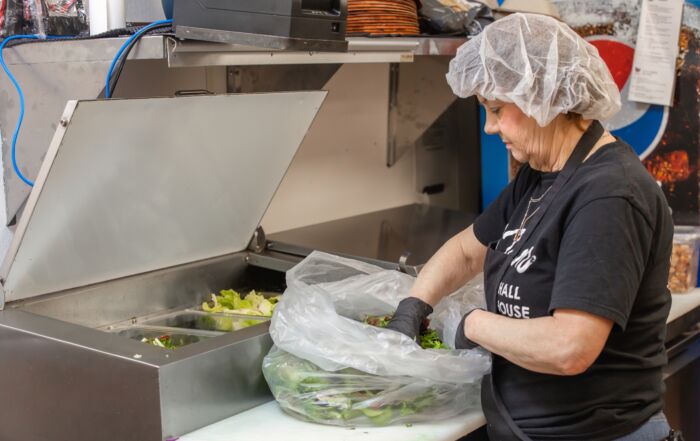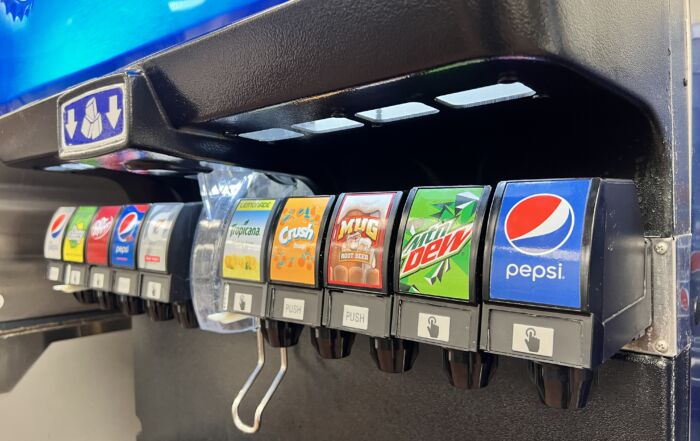Contamination of Food: Let’s Get Physical
Earlier this month, we began a discussion about contamination of food. Our first blog focused on chemical contamination, but in this blog, I’d like to look at physical contamination of food.
Any item which does not belong in the food product can be considered a physical contaminate, a hair, a piece of plastic or metal, or even a fake fingernail. While some physical contaminants, such as a piece of hair in your food may only be disgusting, other physical contaminants can cause serious injury to the consumer, including lacerations to the mouth and intestines, broken teeth, or can pose a serious choking hazard
When food arrives at your foodservice facility and throughout production, it is vital that you have strong controls in place to maintain the integrity of the food, limiting chances for inadvertent contamination of physical objects.
Physical hazards were not something I generally had to deal with when I was in operations, I imagine the same can be said for many of you. I do recall one incident when we had a chicken salad sandwich returned by a customer, who found a red acrylic fingernail in their chicken salad. When we surveyed the staff that day, we found that the salad, which was a prepackaged product, was opened that morning and none of our staff had on fake fingernails. Meaning the product had to come from the manufacturer. Luckily, the acrylic fingernail only caused disgust and no serious injuries.
While food companies work exceedingly hard to keep their products free from physical contaminants, it does occasionally occur. In 2021 and through January of 2021, 14 food recalls were issued in the United States due to foreign objects in food, including metal, plastic, glass, and small stones.
When food arrives at your foodservice facility and throughout production, it is vital that you have strong controls in place to maintain the integrity of the food, limiting chances for inadvertent contamination of physical objects. Here are four tips to help you in achieving this goal:
- Establish and monitor dress control policies, such as requiring employees to remove jewelry and wearing a hair restraint while in food production.
- Practice preventative maintenance on production equipment and repair or replace damaged equipment and parts immediately.
- Encourage employees to report any issues with equipment to supervisors and be sure to follow-through with corrective action. Not doing such will just cause employees to ask why they are reporting things when nothing ever gets fixed.
- Work with a reputable pest control company who works with you and your employees in establishing a solid and effective pest control program.
Underpinning all of these is to be sure you create and sustain a culture of food safety throughout your organization. Managers and all staff should know that nothing is so important that it cannot be done with food safety in mind. Check out our previous blog on developing this culture to make sure you operation is on the right path. Risk Nothing.
READ MORE POSTS
Safely Shopping at Farmers’ Markets: A Food Safety Guide for Foodservice Operators and Chefs
Farmers’ markets are an appealing source of fresh, local, and seasonal ingredients for individuals and [...]
Ice Machines, Beverage Dispensers & Other Overlooked Food Safety Hazards
At the end of the spring semester in our campus food production lab, we’re fortunate [...]
What Foodservice Professionals Need to Know about the FDA Milk Testing Changes
In late-April and early-May 2025, headlines across the country and several social media posts stirred [...]
Before They Arrive: Your Health Inspection Prep List
A few weeks ago, I welcomed our local health inspector into a class I was [...]










